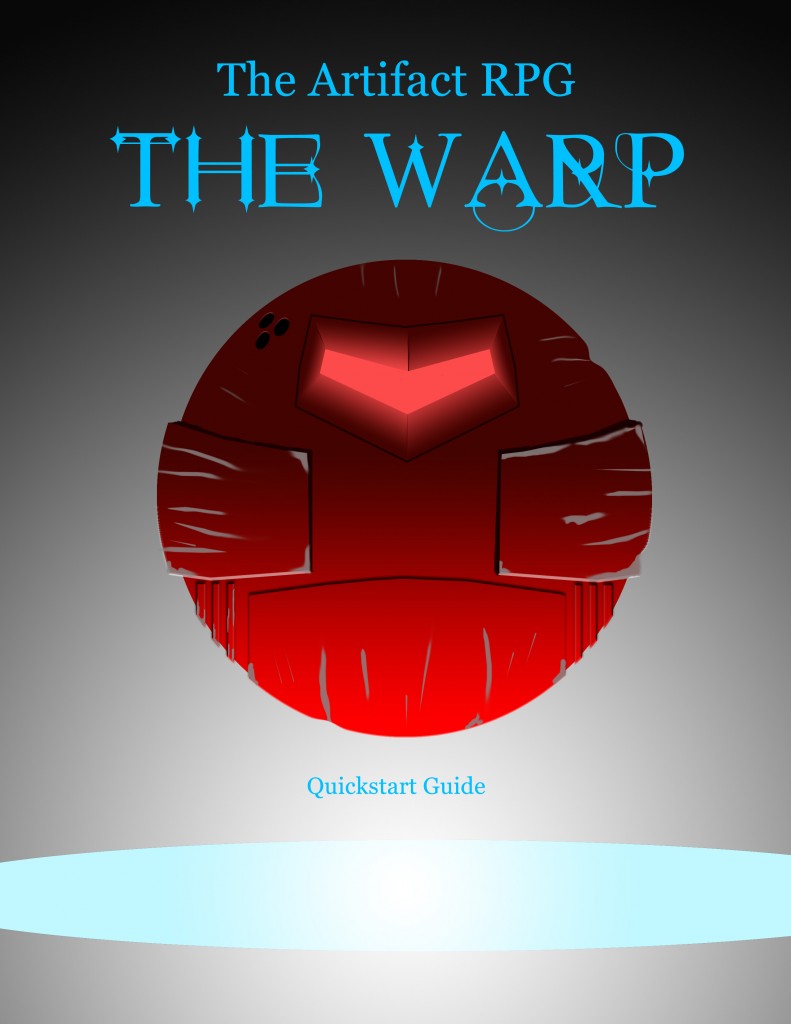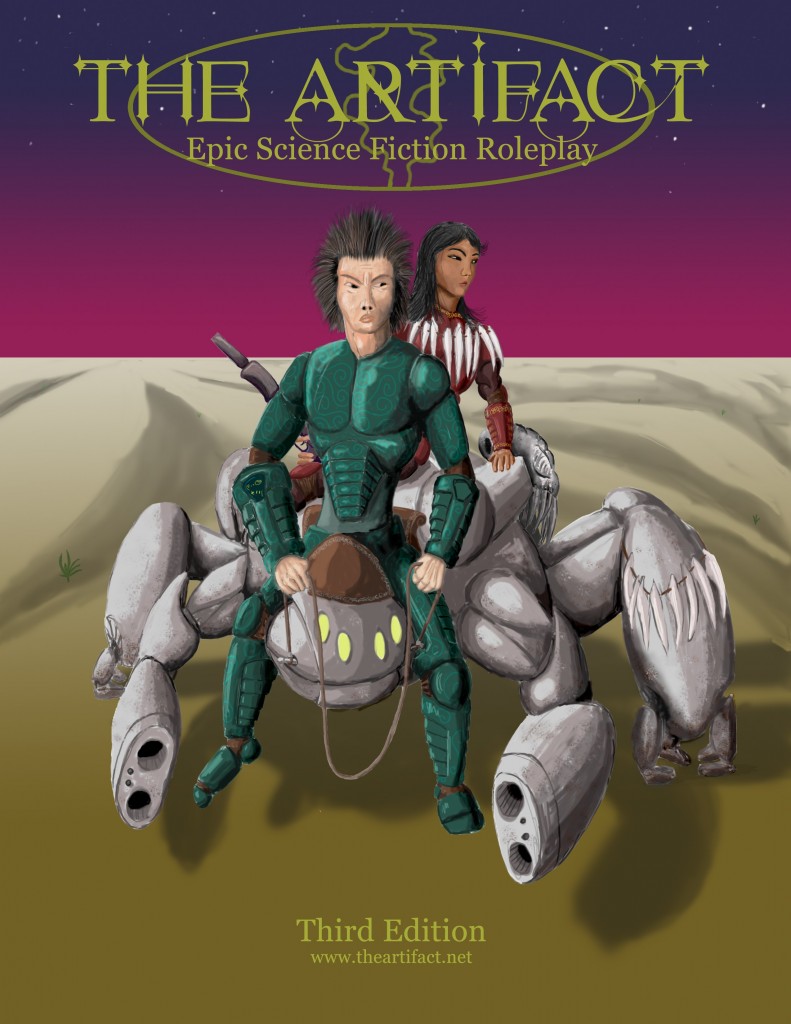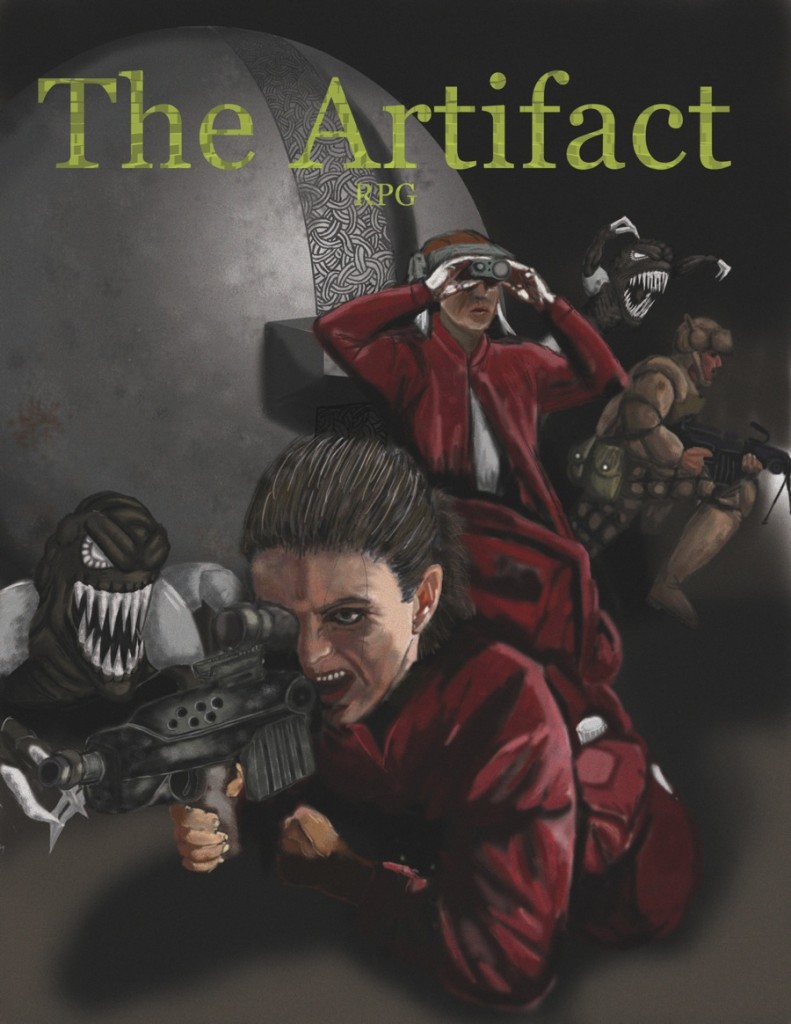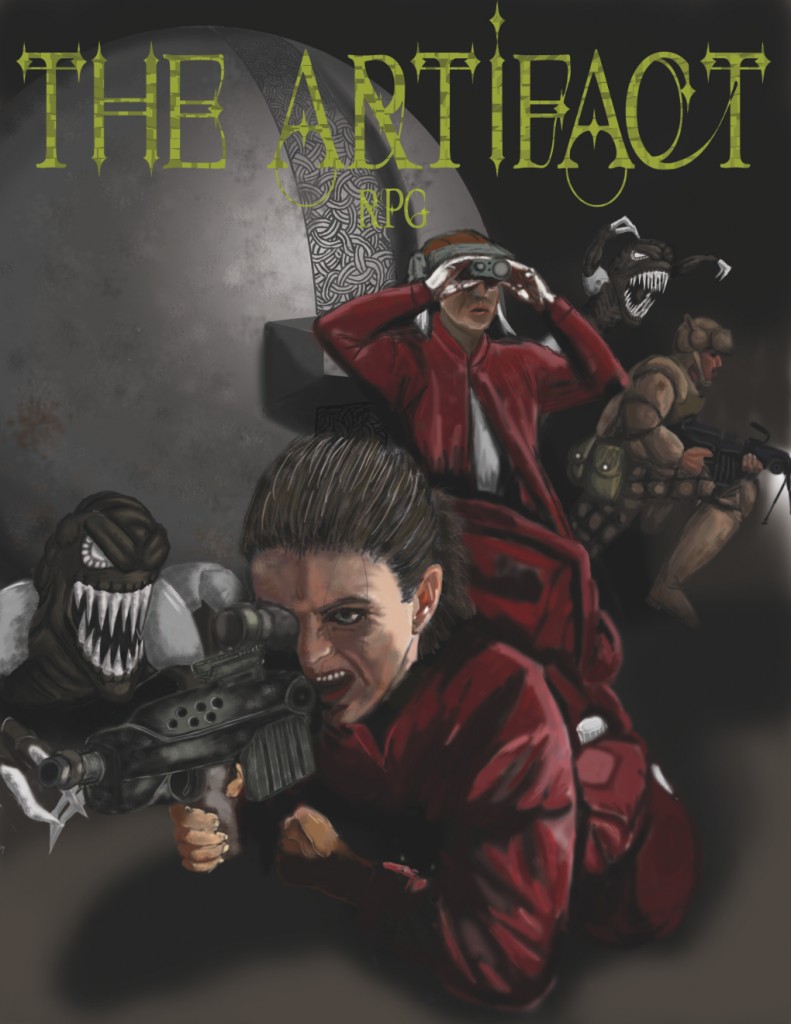The effort to launch via crowdfunding The Artifact 3e has failed. But that was not the only reason why I wanted to run the fund drive and in that I think I can grasp a smaller success. I wanted to know what it would take to run a successful campaign and then share that with you the reader.
To start talking about how to run a successful crowdfunding effort, lets talk about numbers that you can look at before you ever run a campaign. The idea is to give someone who is wondering “Could I get funded this way?” a reasonably accurate gauge to look at before jumping in. Some of this I learned from others and some of it, as you will see is my own data, the rest is impressions that I got. I’ll try and clearly delineate them so you can know how much value to assign to each.
How Many Backers?
You can figure out how much money you need to produce a book but what you need to worry about for crowdfunding is how many backers you can get. Let’s look at some raw numbers for the period of the Kickstarter.
109,231 hits to theartifact.net
676 referrals to theartifact.net
1653 page views according to word press
414 second edition downloads
214 third edition downloads
285 video plays 42 (15%) of plays completed
27 backers
Average pledge $40
What can be divined from this information? For one, this is roughly double what I normally get as far as traffic. I can’t say that would happen to anyone that runs a crowdfunding effort but the idea that this is a special event does seem to make a difference. At an average of $40 a backer I needed to get 125 backers. Now that average might have dropped because the big backers jumped in early and most of the backers at the end were between $10 and $40.
So the first thing you need to do is look at your regular traffic. Just looking at raw traffic, I would have needed 8,265 page views in the month of the kickstarter to draw in enough backers (or 5x the number I got). So if you already get that kind of traffic, you might be able to run a Kickstarter at the $5000 level.
Now interestingly, there were roughly the same number of third edition downloads as video plays, I’m not sure there’s a real correlation there but it’s interesting. Unfortunately Kickstarter doesn’t tell me how far into the video people watched. I don’t know if they started and immediately killed it or watched most of the way through. What we can tell is that 64% of those that watched the video all the way through backed the project. If that’s a real benchmark, in theory you could put the video on YouTube for a few weeks and get the viewer data and then try to gauge interest before ever having to set a funding goal.
It’s been mentioned in the past, that a good measure of how many backers you will have can be measured by your Facebook followers. I don’t have a Facebook account but from the projects I’ve looked at, it’s not a bad gauge. I’m not sure how Twitter followers or Google+ circles stack up but if you already have a link to people that follow you, especially if it’s specifically an account for the game, there’s a good chance they’ll back it.
What went wrong? What could have been done?
The first thing I probably did wrong is overshared. There’s a point where a person’s interest is piqued. Anything past that and all you’re doing is giving them something to not like. Going into the project, I knew my video was long but I wasn’t sure if that would be perceived as a good thing or a bad thing. The fact that only 15% of viewers watched the whole thing means it was just giving people something to object to. Most Kickstarter videos I’ve seen are a minute and a half, unless they’re something really really amazing to watch.
My second bit of oversharing is I should have kept the art I have already, out of the whole thing. People with a few graphic headers running across the page seem to do better than I did. So if you don’t have world class art, leave it out. Giving people more, is just giving them more to complain about.
If I did have any money, I could have paid some of the artist to do some work and then post that. That wasn’t an option for me and my situation. A few people asked why I didn’t already have the artwork already. That’s a bit silly since getting the artwork was the point of the whole thing. I stated it multiple times in multiple places and people still asked. Sometimes people are silly and miss obvious information, I’ve done it so I can’t really fault them. It’s just something to be aware of, state plainly what the reason for the Kickstarter is and repeat it over and over. Make it part of every announcement and post.
The same thing goes for the game. Why back if you can get it anyway? My hope was that by giving people a look at the game, they might get interested. Remember Technoir? It was going to be amazing, revolutionary. Now a lot of the backers are saying that they’re not really fond of the system. They can’t pull out now, it’s too late.
The moral here is, try and figure out at what point you’ve piqued the reader’s interest and then stop. I have a feeling that cognitive dissonance will encourage them to like the game at least a little even if they wouldn’t have as a free game.
The last thing that I might have done wrong is listen to Kickstarter as to the length of the campaign. Thirty days sounds like a good chunk of time but in the middle of the campaign, when things simmered down, There wasn’t enough time for me to turn the boat around. A lot of RPG Kickstarters are going for longer periods, 45 days, 60 days. I can’t say another fifteen days would have done the trick, but it could have helped. To temper that thought though, a campaign normally gets a chunk of funding early on (you want about 30%) and then the rest at the very end. If you don’t get up to 30% in the first week to week and a half, you’re not likely to succeed.
What went right?
I think Rob Lang and the free RPG blog went right for me, Rouge Games went right, Nils at Enderra went right and Fitz at Game Knight Reviews went right. The point is, before you start a Kickstarter, talk to blogs, get reviews, but have them wait until just after the launch to post the reviews. You don’t want the posts going up early because you don’t want a barrier to the blog reader going and pledging. A lot of times people intend to pledge but if they have to wait, they forget. Maybe they’ll remember later, maybe not.
Look at the number of followers the blog has, figure that about 10% will check out the Kickstarter. As close as I can figure it, that’s about what I got as far as eyeballs looking at the project. Selling them once there is another thing.
One thing that I played around with is to be controversial. I don’t have a stomach for raising a ruckus anymore so the bit I did cause left a bad taste in my mouth. I do have to admit that it was effective. Each time I made a provocative statement in a message board or on the blog here, I got a few backers. I don’t know if that’s an alpha male thing, but I tried it a few times and it happened each time. That’s a tough recommendation to make. Maybe it would be better to simply say to act like an alpha and you’ll get more people willing to follow.







 The Free RPG Blog
The Free RPG Blog